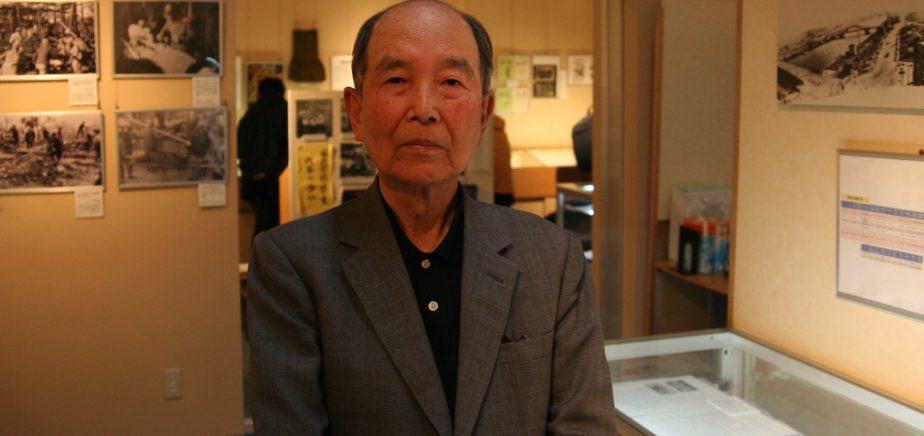Saotome Katsumoto, Man Who Documented WWII And Spoke For Innocent Civilians Dies At 90
A brave journalist, Katsumoto Saotome, who collected the stories of World War II from the survivors and raised his voice against innocent civilian losses, has passed away at 90.
Iwanami Shoten, one of his publishers, announced his death. He died of organ failure in Saitama on Tuesday.

Saotome, a native of Tokyo, was 12 years old during the bombing on March 10, 1945, turning the heavily populated downtown region of the Japanese capital into an inferno. “As numerous cluster bombs came down, I ran for my life,” Saotome remembered at one of his storytelling engagements.
He Wanted More People To Be Aware Of The After Effects Of The War
More than 105,000 people died in a single night. Still, the destruction was primarily overshadowed in history by the United States’ atomic bombs of two Japanese cities a few months later.
Saotome continued to write after the war while working at a factory. “Downtown Home,” his first autobiographical story, received a nomination for the renowned Naoki literary prize in 1952.
Saotome began visiting survivors of the firebombing in 1970 to hear their tales and give them a voice.
In 2002, he founded a civic association to chronicle the firebombing and collected papers and artifacts related to the assault. This ultimately led to the founding of the Center of the Tokyo Raids and War Damage.
He produced periodicals about the firebombing as the museum’s director, and he continued to create books for children and young adults to promote awareness of the disaster. In a 2019 he remarked, “We must give the torch to the new generation” to continue presenting the tale. Many survivors believe that the effect of bombings and undermine the threat.
The government distributed a total of 465 Billion USD in after-war facilities and in medical expenses for Atomic Bombs survivors. In contrast, civilian victims of the firebombings have received nothing.
Yoji Yamada was a longstanding friend of Saotome, best known for his famous film series “Otoko wa Tsuraiyo” (“It’s Hard Being a Man”), which featured a beloved roaming merchant named Tora-san. “Deeply devastated by the loss of my cherished friend with whom I talked postwar Japan, conflict, and peace,” he told Japanese media.
Yamada was a regular visitor to the firebombing exhibit. Saotome used to take him about the neighborhood of Shibamata area, which became the setting for the Tora-san series.
Source: JapanToday
Also read about A City Rebuilt From Ashes: Hiroshima-Nagasaki Then And Now
